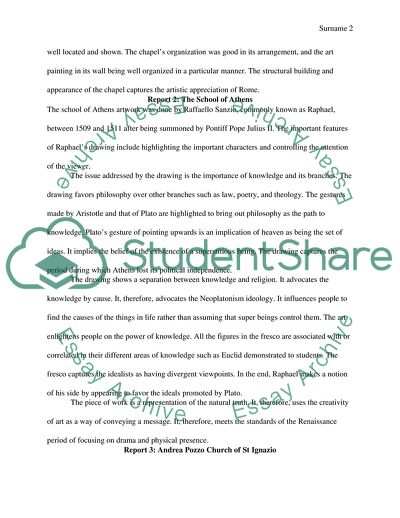Cite this document
(Michelangelo's Sistine Chapel Report Example | Topics and Well Written Essays - 1500 words - 1, n.d.)
Michelangelo's Sistine Chapel Report Example | Topics and Well Written Essays - 1500 words - 1. https://studentshare.org/history/1852594-rome
Michelangelo's Sistine Chapel Report Example | Topics and Well Written Essays - 1500 words - 1. https://studentshare.org/history/1852594-rome
(Michelangelo'S Sistine Chapel Report Example | Topics and Well Written Essays - 1500 Words - 1)
Michelangelo'S Sistine Chapel Report Example | Topics and Well Written Essays - 1500 Words - 1. https://studentshare.org/history/1852594-rome.
Michelangelo'S Sistine Chapel Report Example | Topics and Well Written Essays - 1500 Words - 1. https://studentshare.org/history/1852594-rome.
“Michelangelo'S Sistine Chapel Report Example | Topics and Well Written Essays - 1500 Words - 1”. https://studentshare.org/history/1852594-rome.


